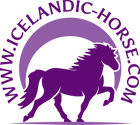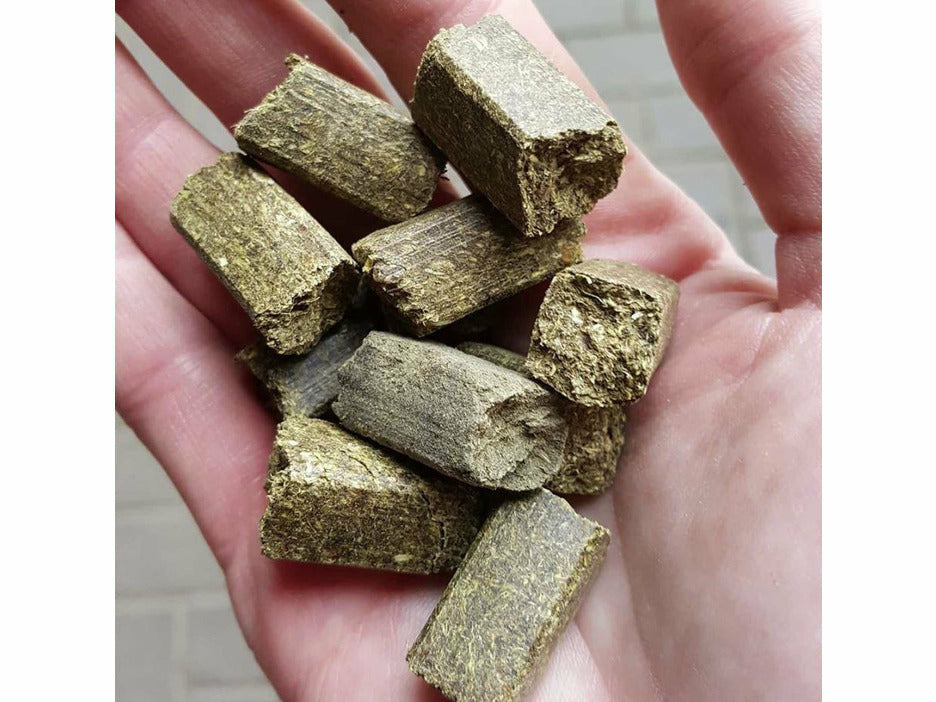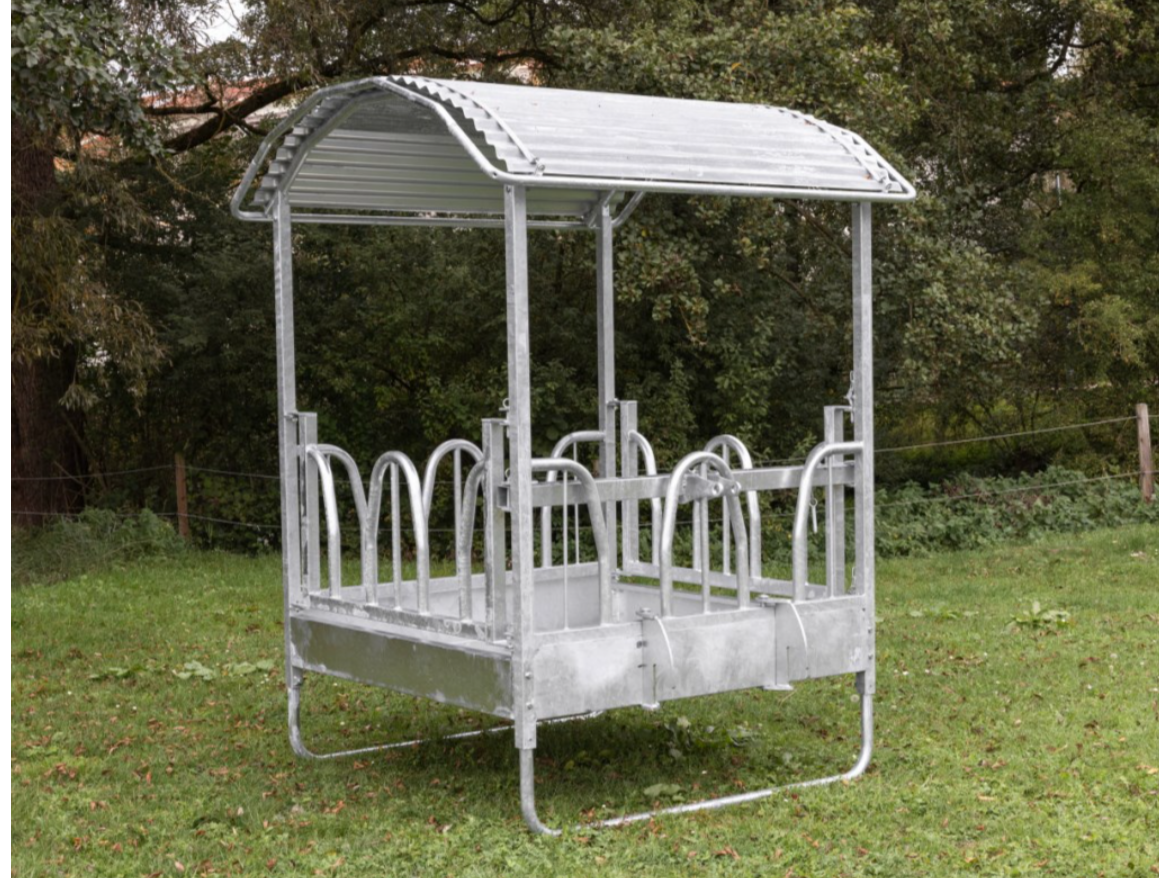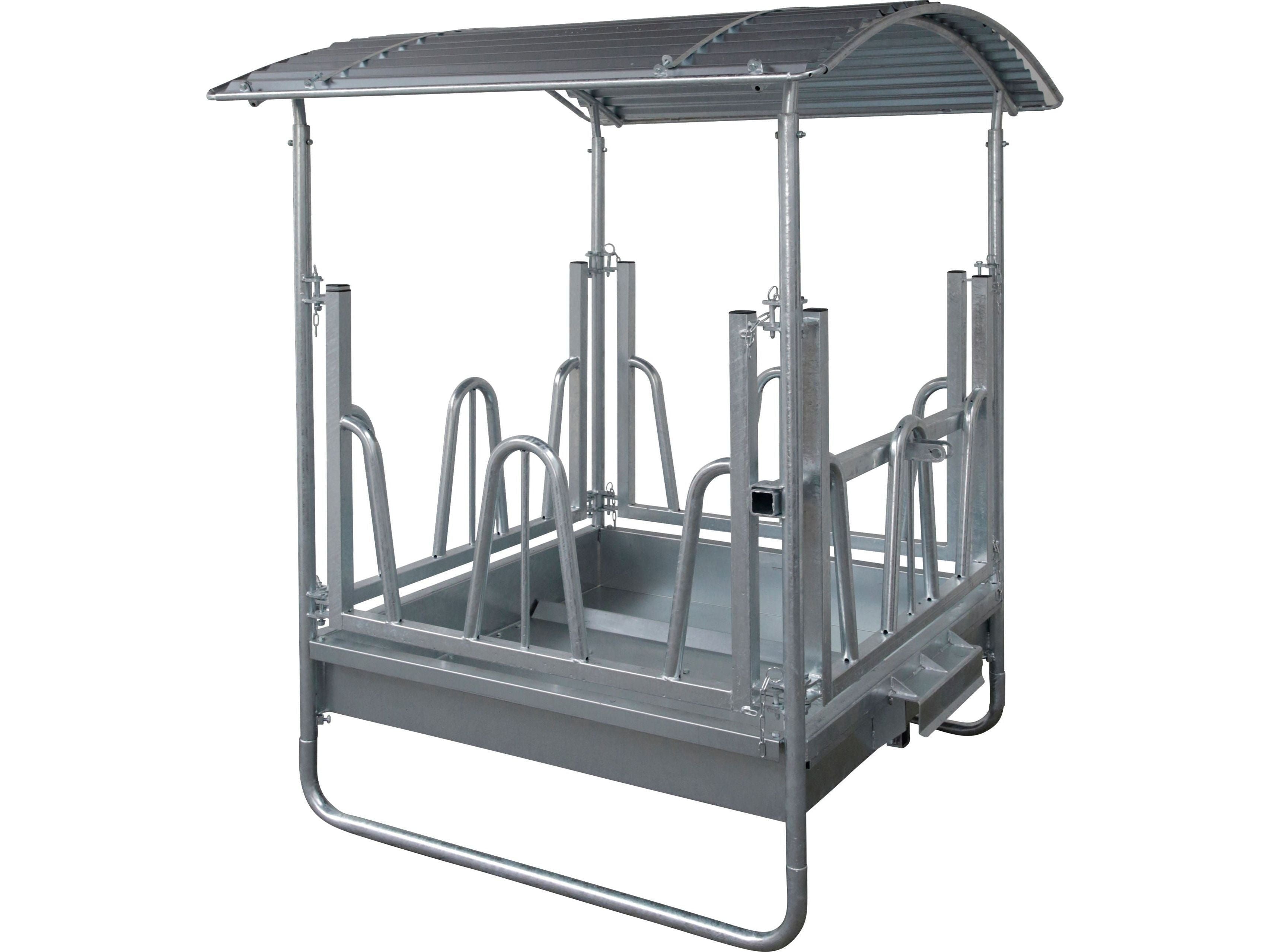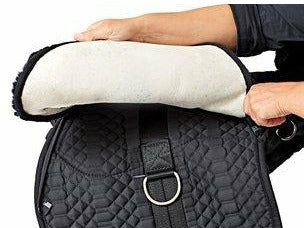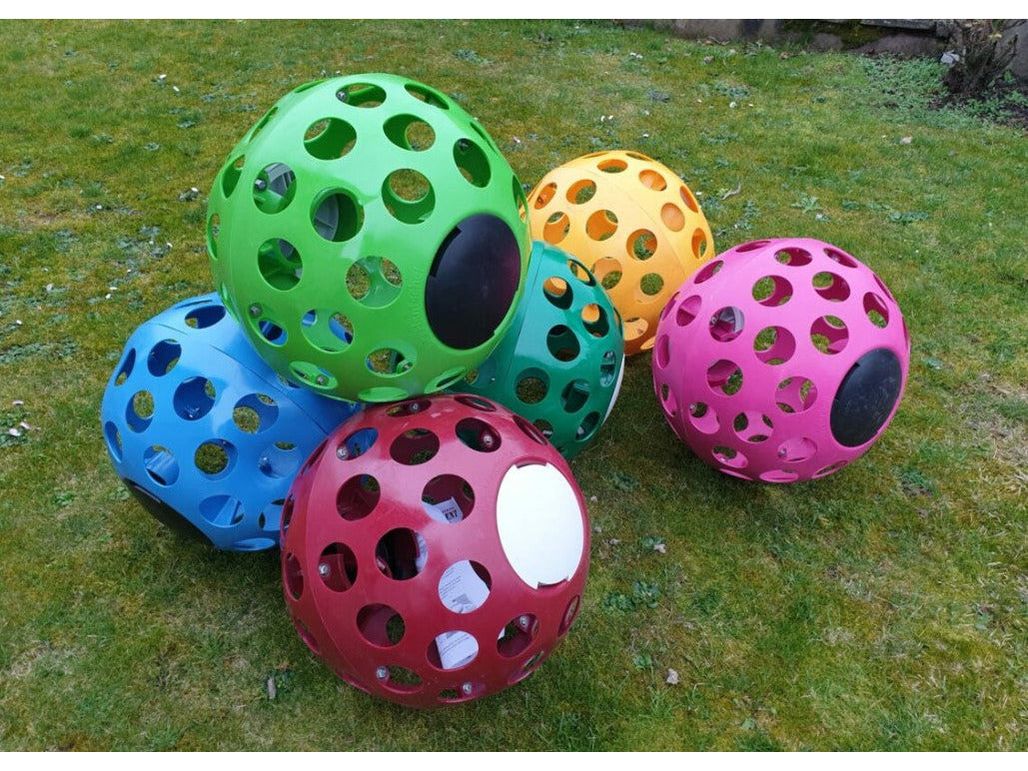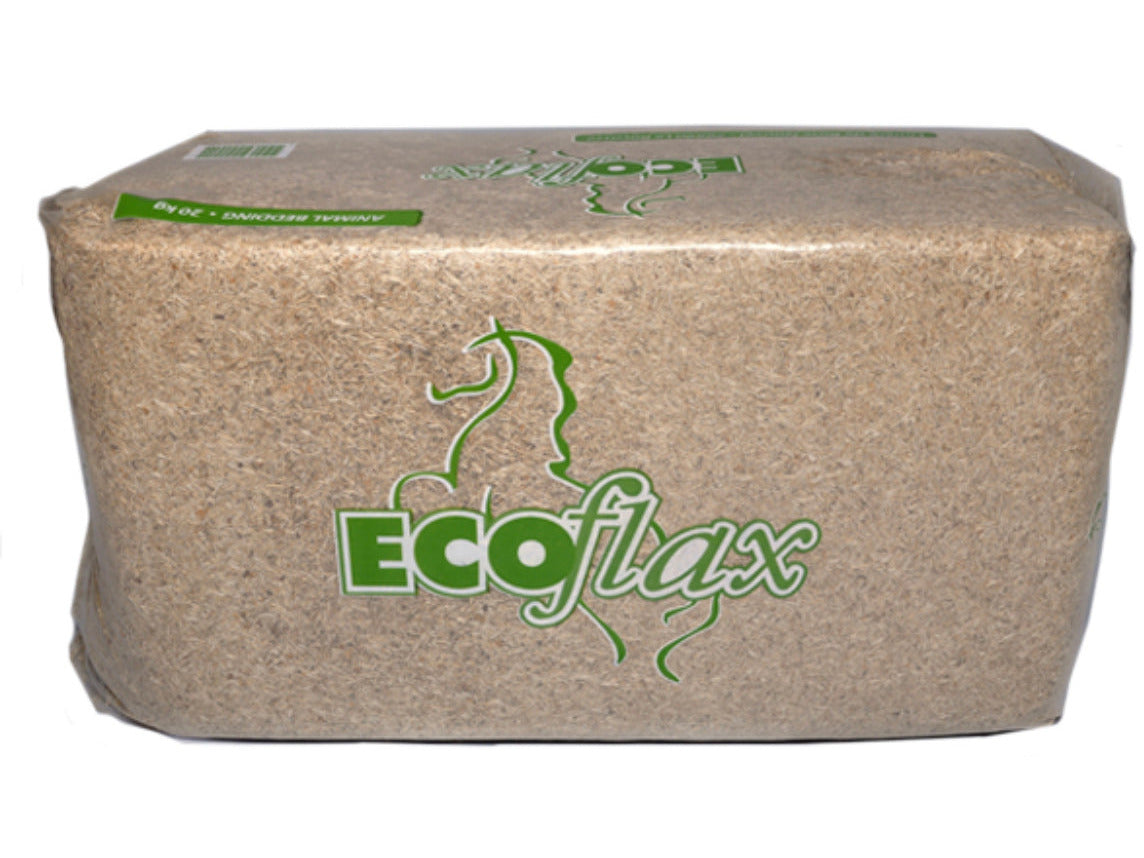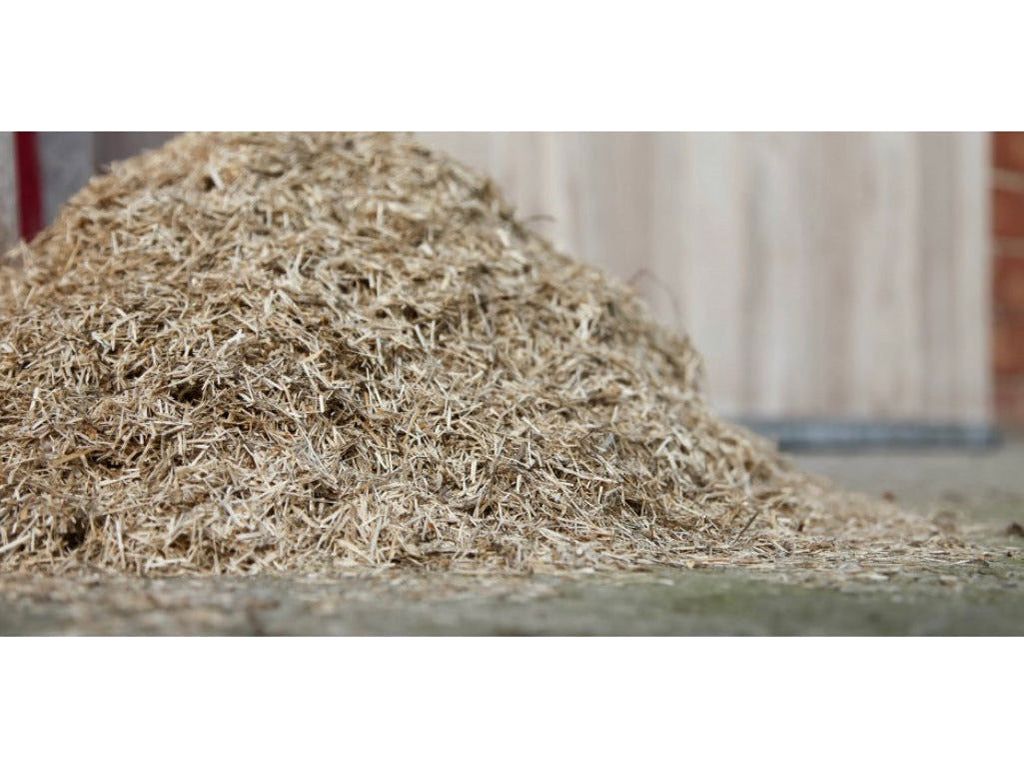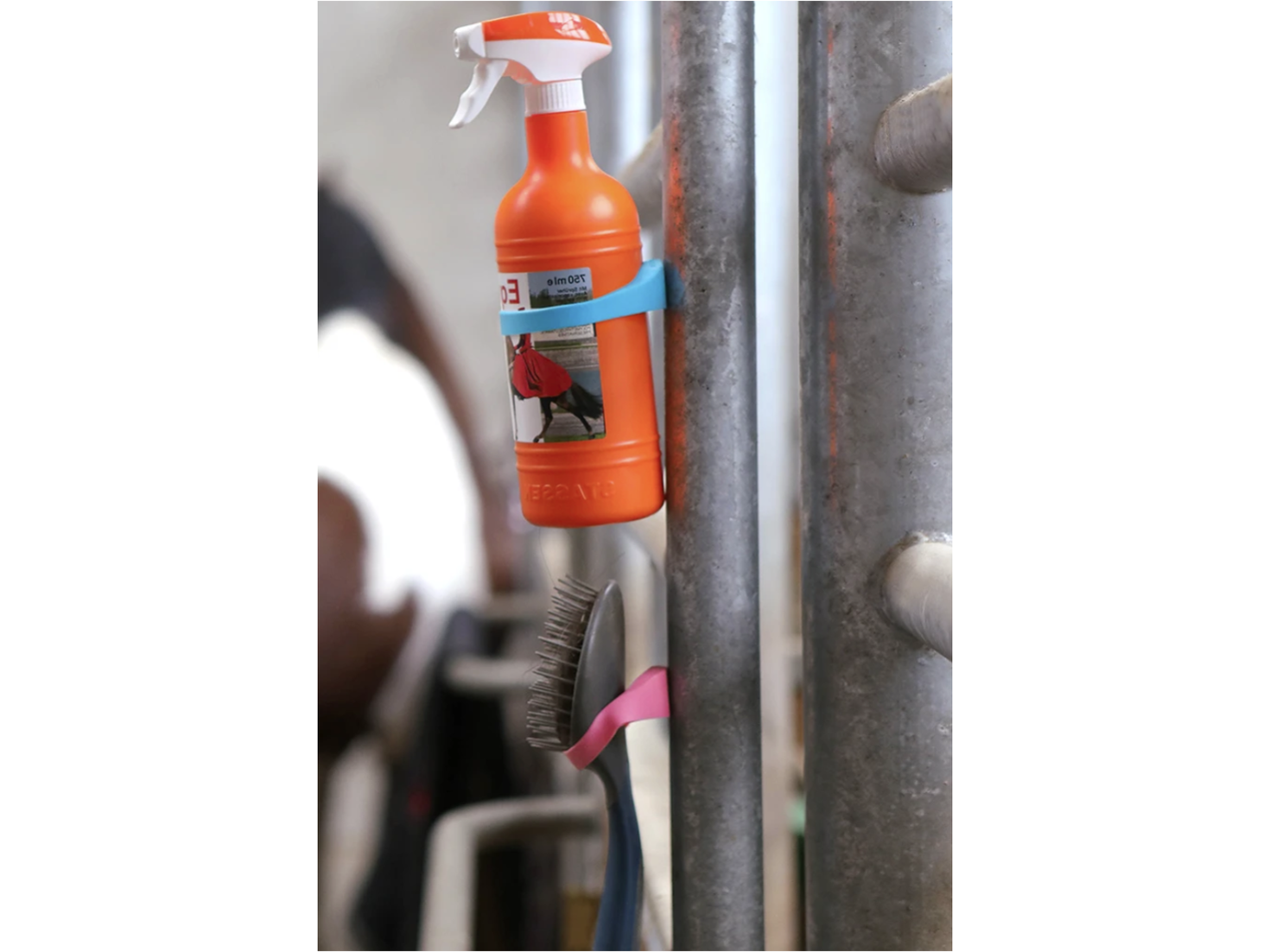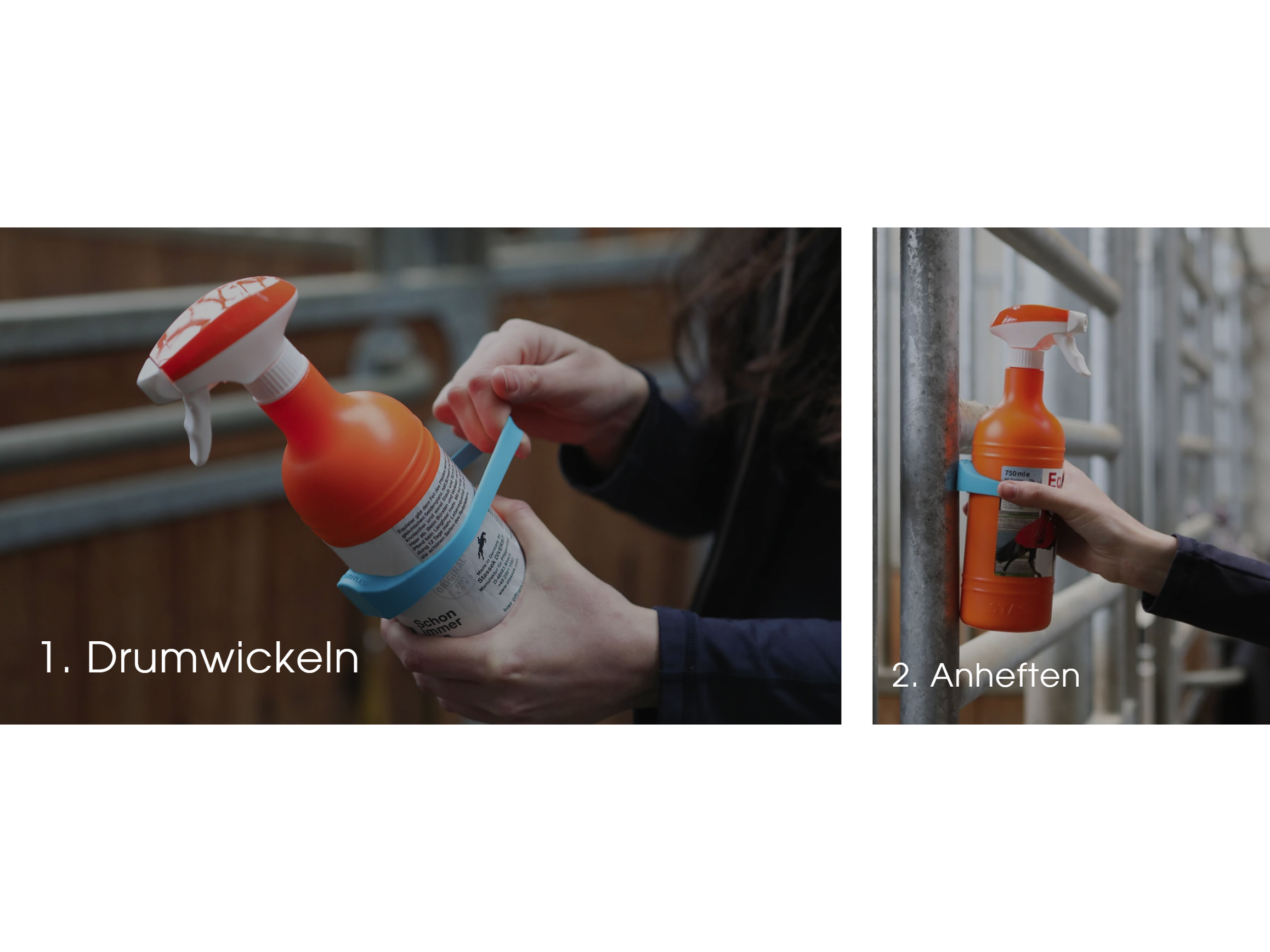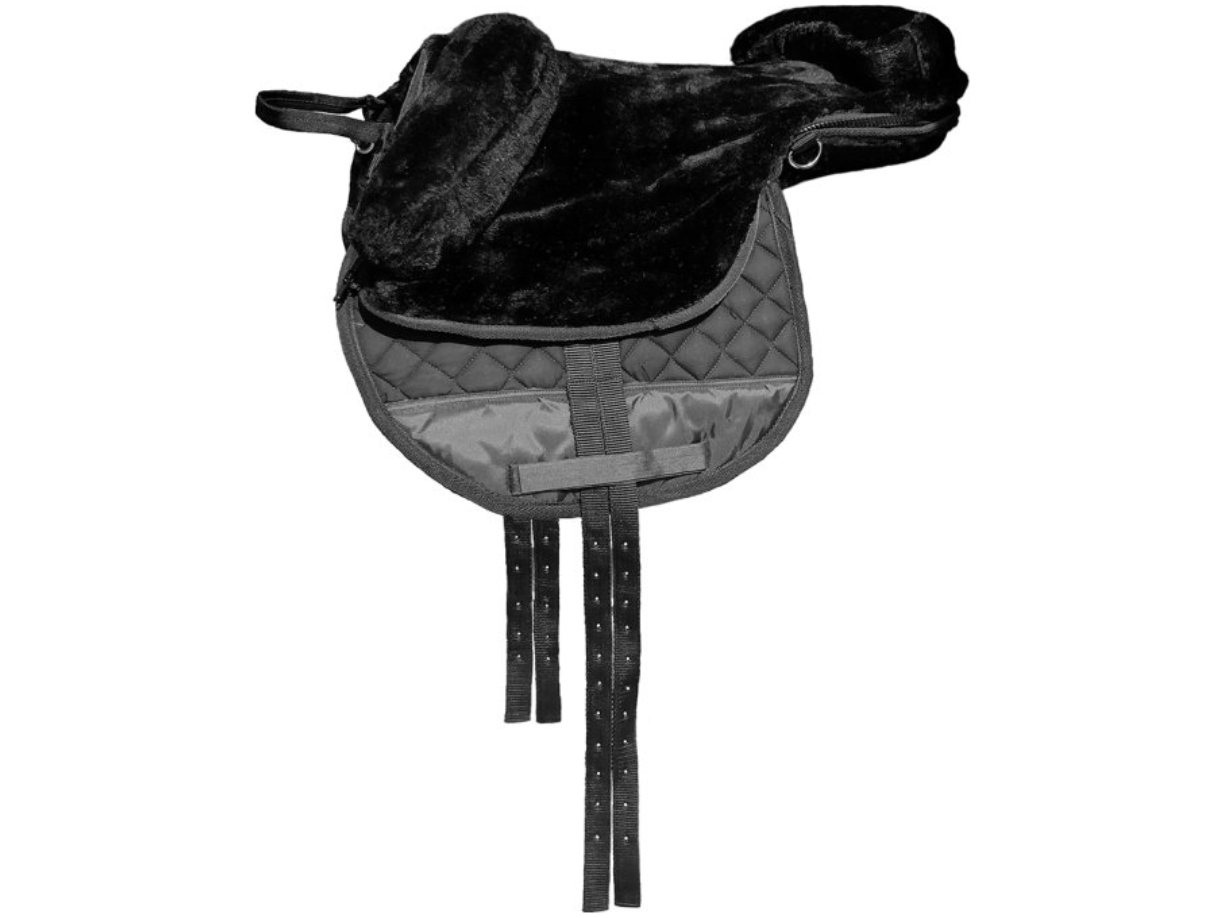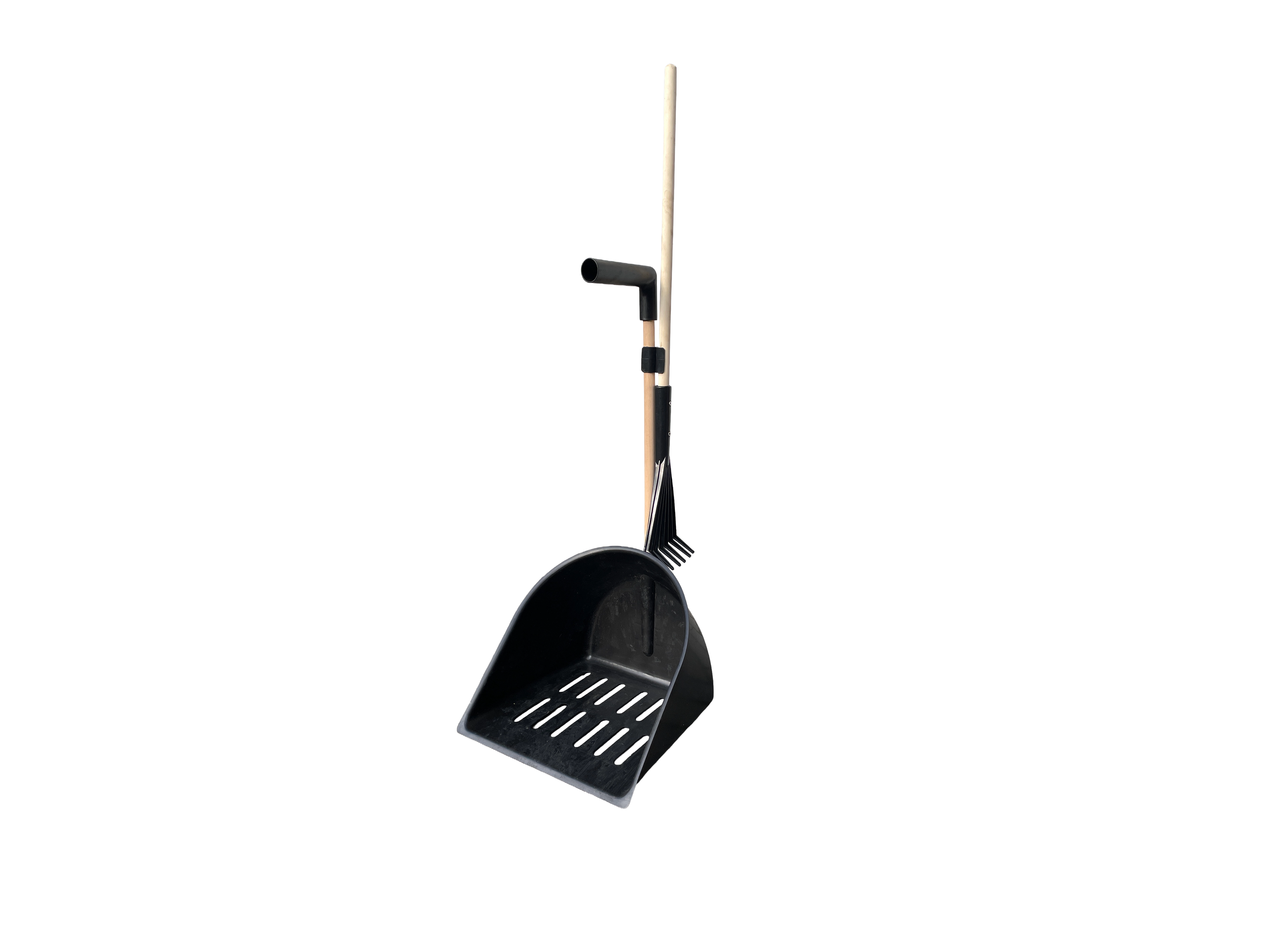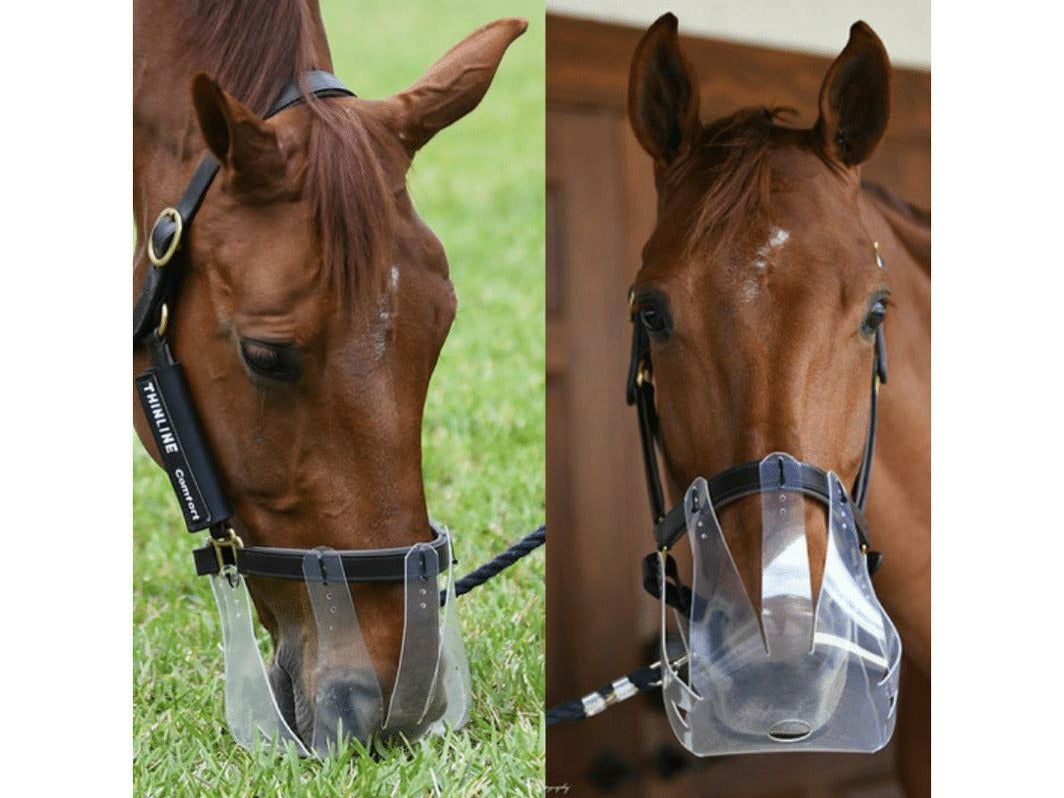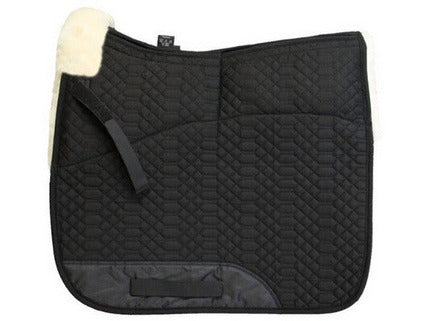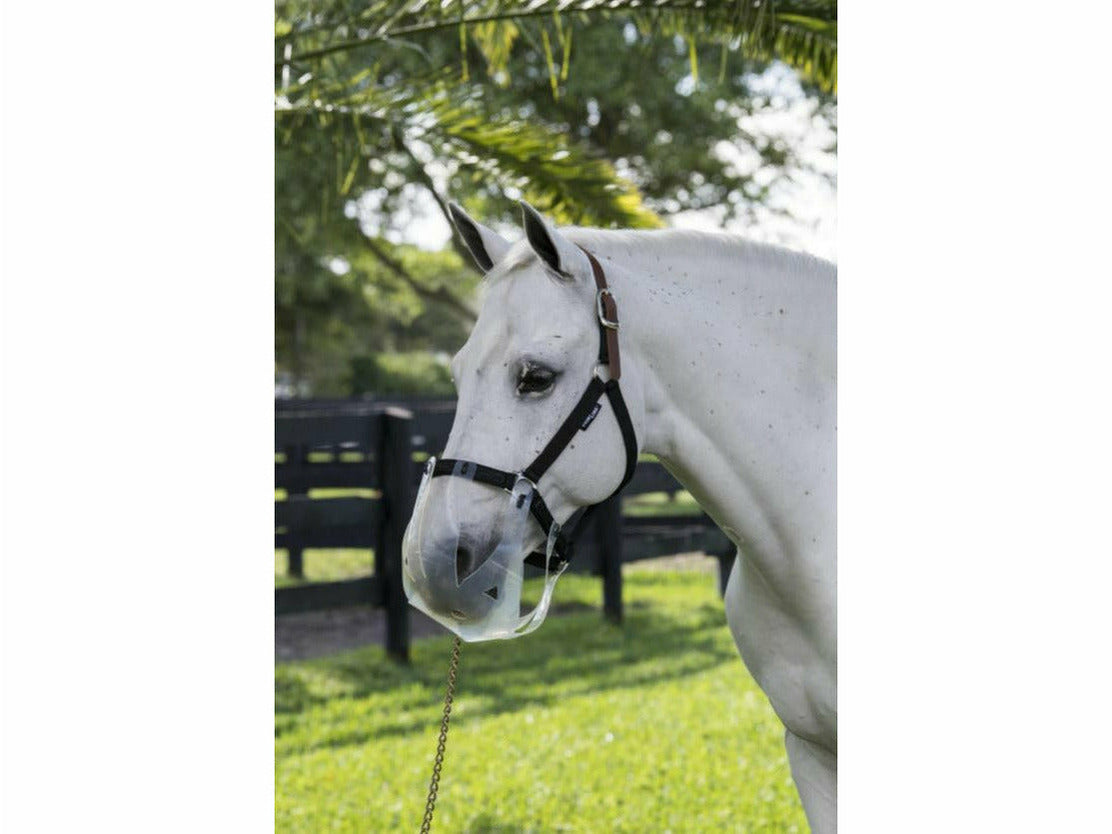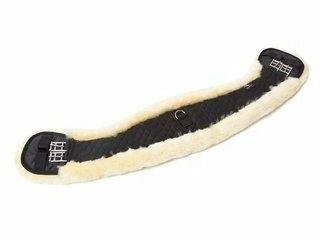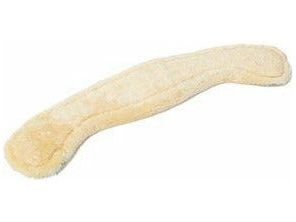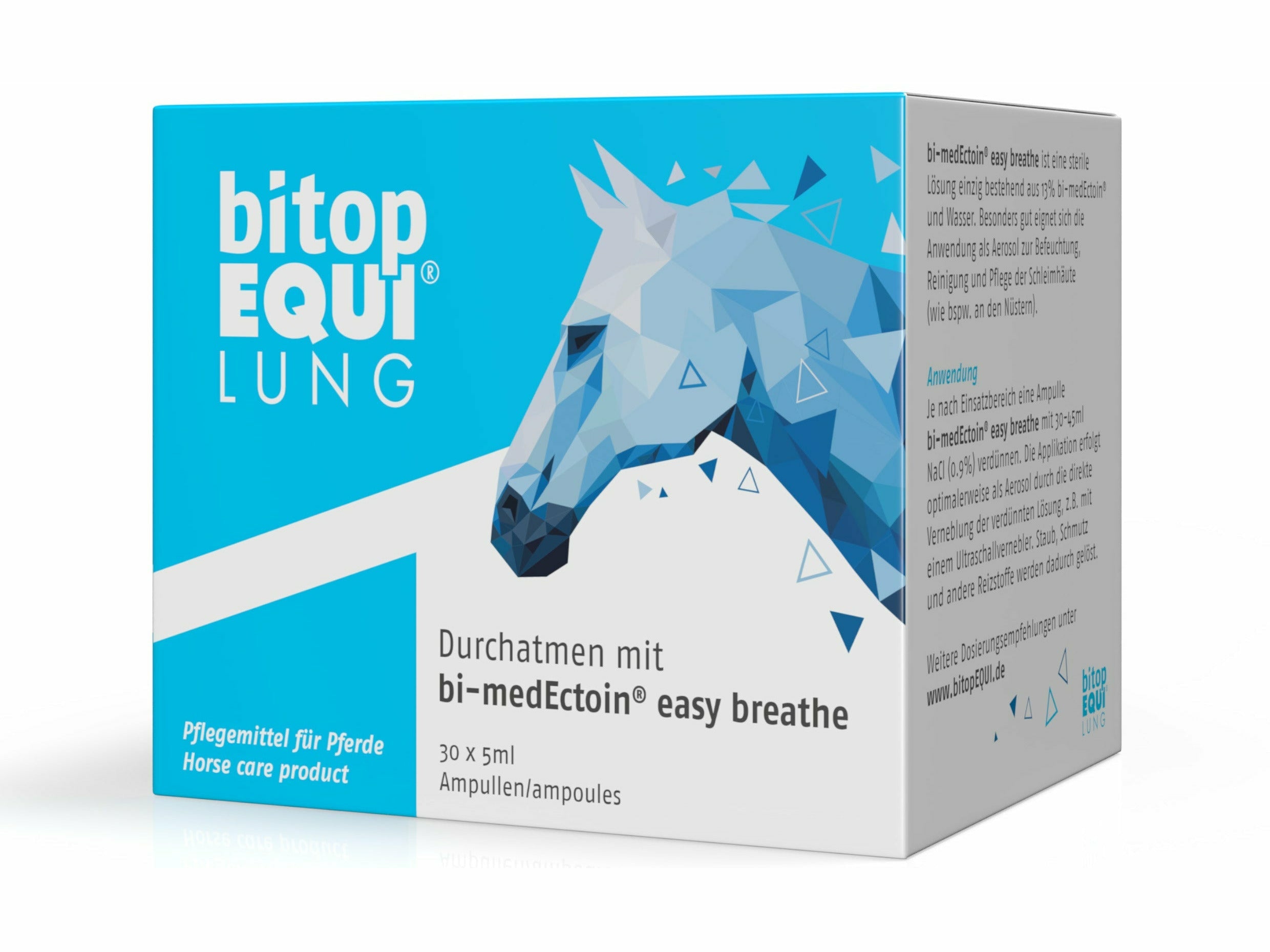The hay ball is from the veterinarian Dr. Hentschel was developed specifically for the needs and requirements of today's horse husbandry.
The most important thing was to achieve the right material composition and thus ensure food safety. The material is free of harmful substances, phthalates and plasticizers. It is also lactic acid-resistant in haylage and UV-resistant. Both production and processing take place entirely in Germany.A wild horse runs between 15 and 20 km a day, which is mainly due to food intake. In terms of time, this means taking in food and exercise for over 15 hours per day, which in turn corresponds to the typical behavior of our ponies today.
However, in today's domesticated husbandry systems and the usual stable or outdoor housing, it can be observed that eating times are usually spent standing and are not accompanied by slow locomotion. The grass also grows far too lushly in the meadows, so exercise activity is insufficient here too.
Diseases and possibly problems in the areas of digestion, musculoskeletal system and hooves can result. With the above-mentioned forms of keeping, in addition to boredom, the ponies also sometimes experience psychological problems, such as cribbing or weaving.
Our food ball now offers you the chance to enable your pony to eat in a way that is typical of its species, without much effort.
Rough feed, such as hay, haylage, straw or other types of stalk feed, is suitable as a filling for the feed ball.
Species-appropriate feeding
- Continuous movement while eating
- Low to the ground and therefore very good feed intake from an animal physiological point of view
- Consumption of small portions of food, therefore longer eating times
Increased well-being of your horse while eating
- Reduction of diseases in the digestive and musculoskeletal systems and in the hoof area
- Meaningful and at the same time playful activity
- Reducing/reducing jumpiness
- The risk of injury is almost eliminated thanks to the optimal material selection for the food ball
Perfect feed management
- No contamination of the feed compared to the “loose template”
- Lower feed losses, especially in rain and wind
- Preparation for feeding can be done hours or days in advance
- Different eye-catching colors for several owners in the stable
Can be used in a variety of ways in all husbandry areas
- box
- paddock
- Open stable
- pasture
Universal use
- Suitable for all horse breeds and sizes
